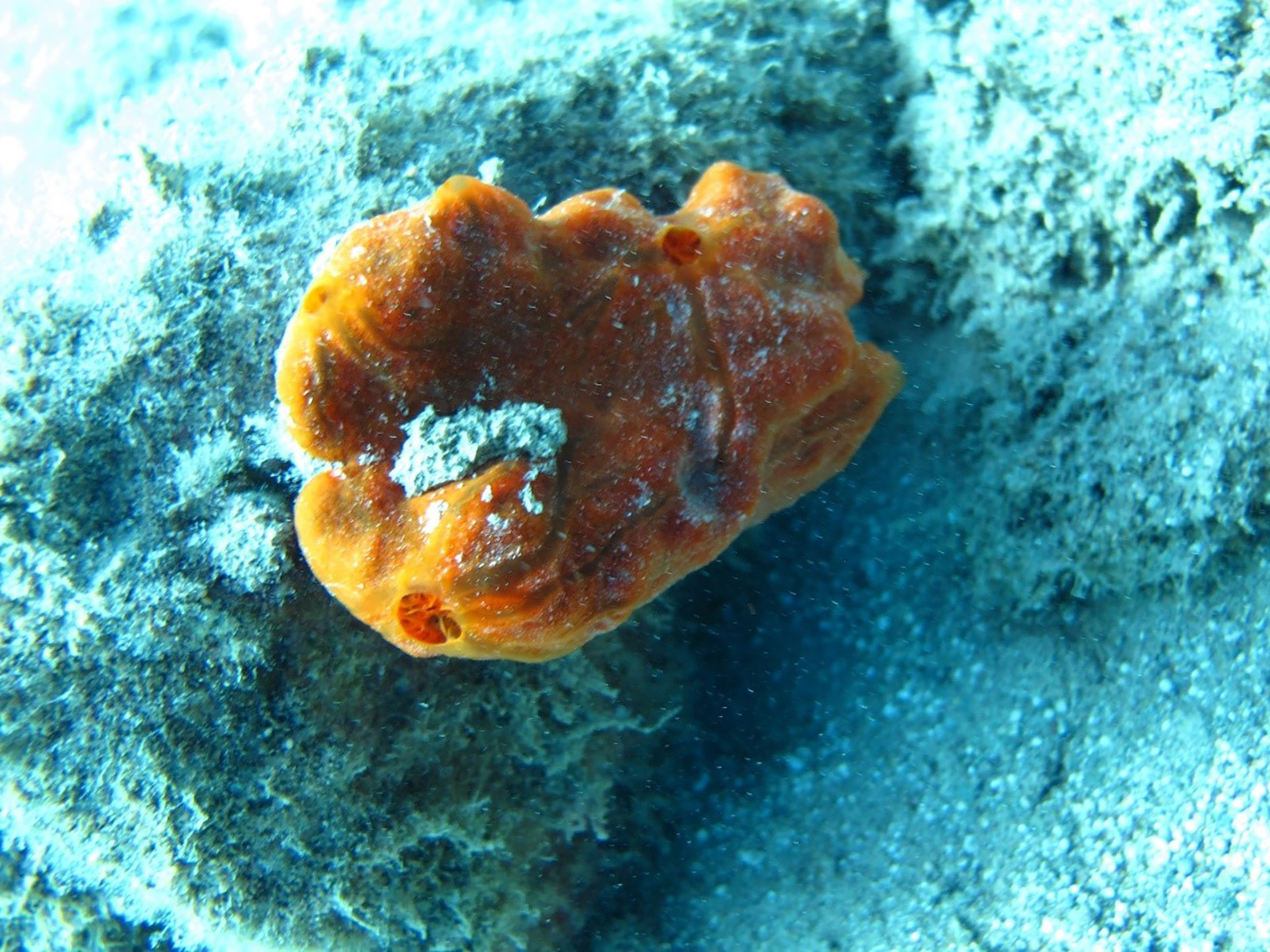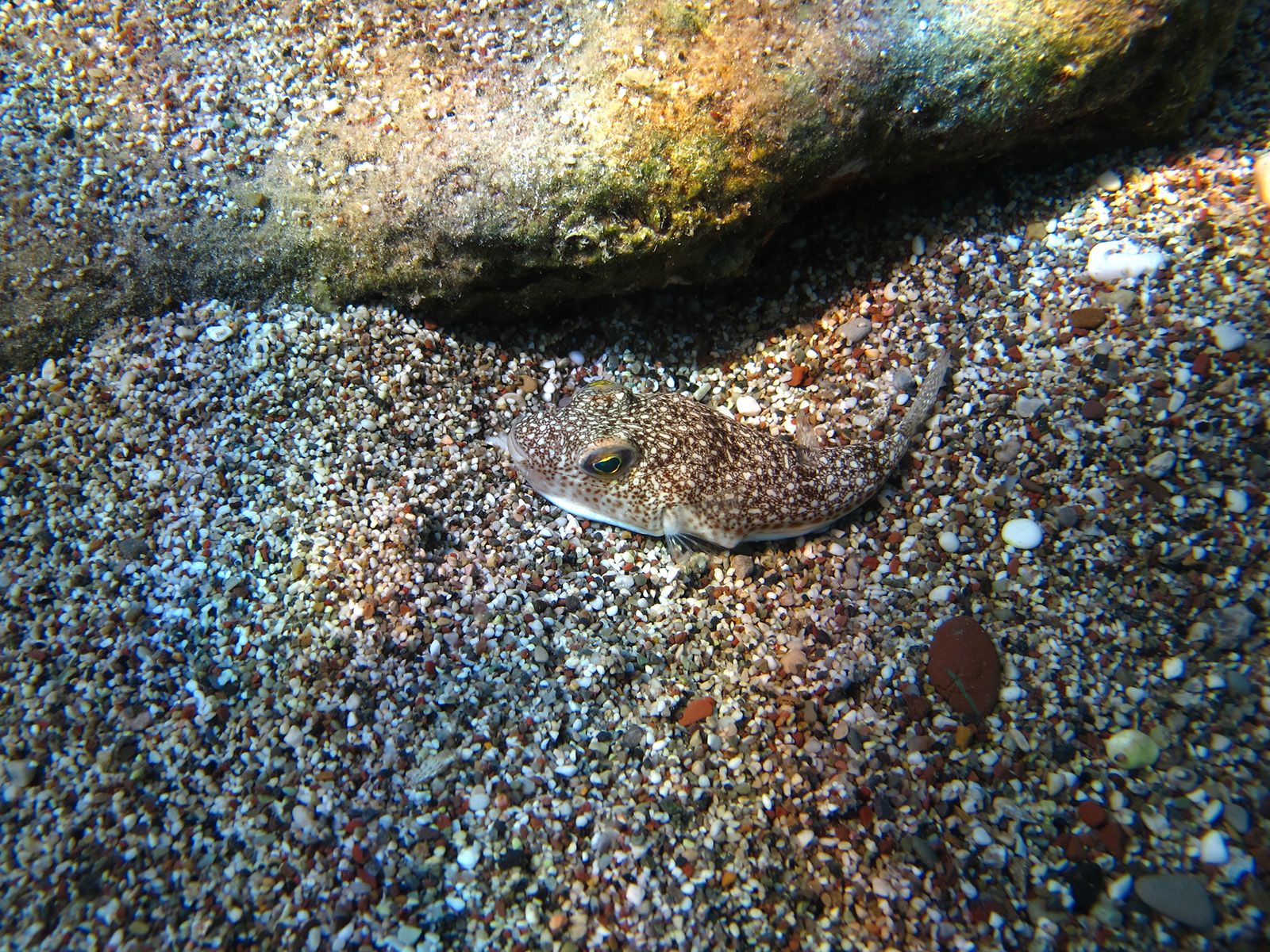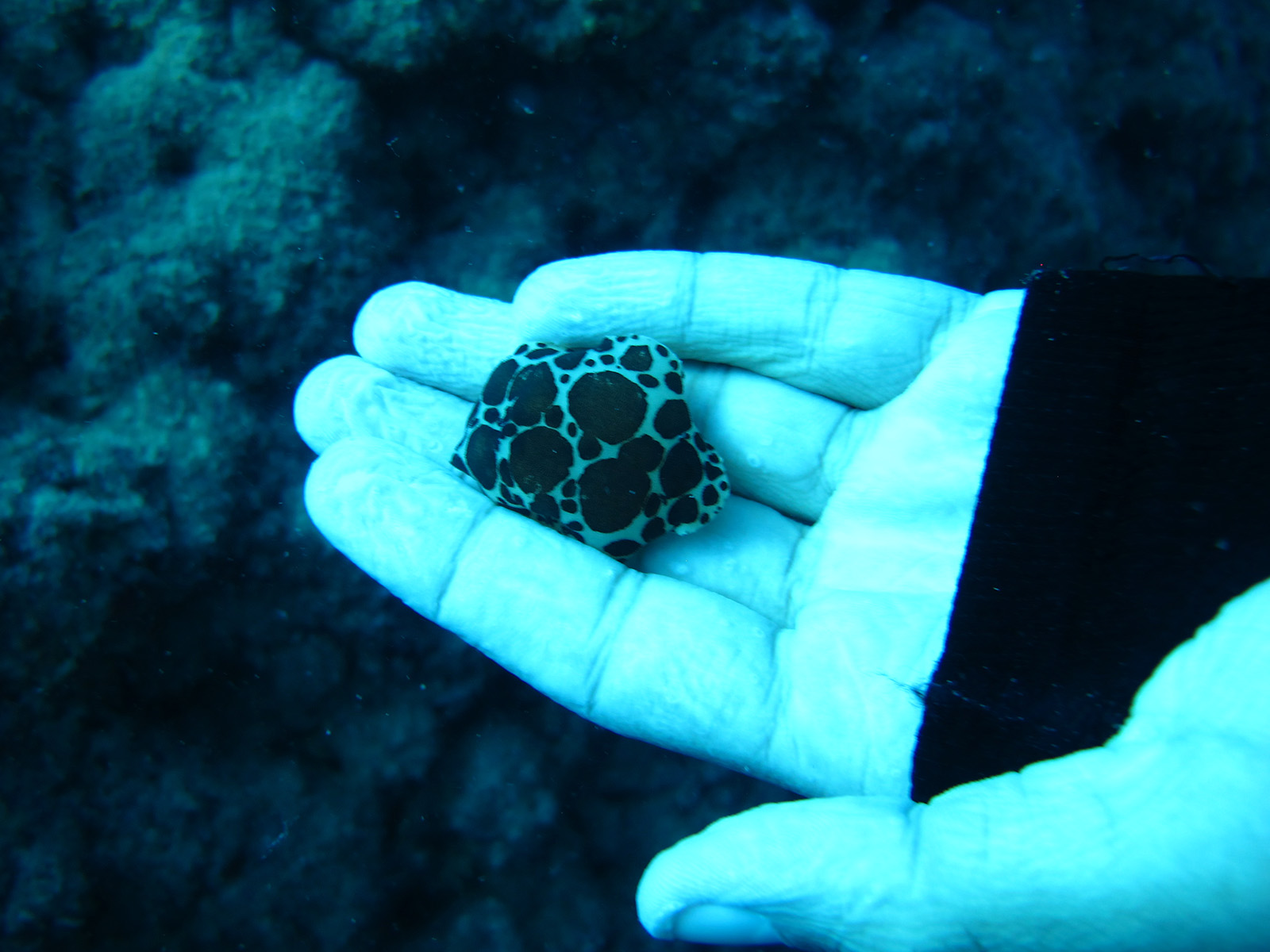From Mehmet Aslantuğ's Pen...
Setur Antalya Marina is undertaking an important project on marine biodiversity in cooperation with Akdeniz University. We have summarized the striking outcomes of the project so far.
Gonca Melek Özkan, Setur Marinas Environmental Manager
Setur Marinas prioritizes the issue of "loss of biodiversity and ecosystem collapse", which is listed among the five most critical, long-term risks in the World Economic Forum's Global Risks Report, and strives to generate benefits through conservation, awareness and stakeholder awareness raising activities. Accordingly, a long-term project was launched in 2022 with Prof. Dr. Mehmet Gökoğlu and his team from Akdeniz University, Faculty of Fisheries. The project aims to determine the marine macro biodiversity around Setur Antalya Marina, to protect endangered species, if any, and to take the necessary measures within the scope of international agreements for the sustainability of marine biodiversity.

The project involved a literature search of previous scientific studies on biodiversity in the Gulf of Antalya and SCUBA dives were carried out day and night to a depth of 40 m at the stations shown in the photo, and marine biodiversity was photographed. Among these stations are the breakwaters of the Antalya Commercial Port, which serve as an artificial reef with its rich fauna. The species identified at the end of the research were evaluated to determine whether they are species that need to be protected in accordance with international agreements to which Turkey is a signatory and whether they are included in the IUCN red list. During this process, by going to the field with fishermen, the species caught in the longlines and nets were also determined and information was obtained from fishermen and coastal anglers about the species in that region.

The outcomes of the research were reported under main headings such as marine mammals, sea turtles, fish, seagrasses, macro algae, mollusks, crustaceans, invasive species, threats to biodiversity and suggestions for measures to be taken.
The academic study, in which hundreds of species were reported, yielded invaluable outcomes. Here are some of these outcomes:
- According to the International Union for Conservation of Nature (IUCN), some of the threatened species found in our research area are as follows: Mediterranean Monk Seal (Monachus monachus), Bottlenose Dolphin (Tursiops truncatus), False Killer Whale (Pseudorca crassidens), Loggerhead (Caretta caretta), Green Sea Turtle (Chelonia mydas), Nile Softshell (Trionyx triunguis), Butterfly Ray (Gymnura altavela), Guitarfish (Rhinobatos rhinobatos), Sandbar Shark (Carcharinus plumbeus), Bluntnose Sixgill Shark (Hexanchus griseus), Common Stingray (Dasyatis pastinaca), Devil Ray (Mobula mobular), Electric Ray (Torpedo marmorata), White Grouper (Lagos) (Epinephelus aeneus), Dusky Grouper (Epinephelus marginatus), Haifa Grouper (Hyporthodus haifensis), Mottled Grouper (Mycteroperca rubra), Shi Drum (Umbrina cirrosa), Brown Meagre (Scienia umbra), Meagre (Granyoz) (Argyrosomus regius).
- The Mediterranean Monk Seal, one of the marine mammals living in the Mediterranean Sea, is on the IUCN list in the EN (Endangered) category, while the Bottlenose Dolphin is on the IUCN list in the LC (Least Concern) category and is on the list of species that need to be strictly protected in accordance with the Bern Convention.
- Many caves around Falezler, Çaltıcak, Üçadalar, Çıralı Maden Bay, Gelidonya Peninsula and Beşadalar in the Gulf of Antalya constitute the breeding, feeding and hiding areas of the Mediterranean monk seal (Acar et al. 2008). Besides the Bottlenose Dolphin, other dolphin species living in the Mediterranean Sea are also likely to be seen in the region.
- Caretta carettas, which are listed as VU (Vulnerable) on the IUCN list and on the list of species in need of strict protection under the Bern Convention, frequently enter Antalya Commercial Port, Setur Marina Area to feed and sometimes go to the harbor side of Konyaaltı Beach to lay their eggs.
- Three species of seagrass have been identified: Posidonia oceanica, Cymodocea nodosa and Halophila stipulacea. It was determined that the dynamic Posidonia beds in the south and west of Sıçanadası were severely damaged by boat anchors and chains. It is estimated that Posidonia oceanica in the region has a few years of life left due to anchors and chains thrown from boats. It is predicted that Posidonia oceanice, known as the lungs of the Mediterranean, will soon disappear completely if anchors and chains cannot be avoided.
- In this region, where the seabed has been damaged as if it had been plowed due to frequent anchoring, the historical texture in the surrounding area has also been severely damaged, in addition to the seagrass meadows. There is also a significant increase in the amount of waste such as toilet bowls, batteries, glass, plastic and metal beverage cans around the island.

- One of the threats to Setur Marina and the surrounding area is hunting pressure. It is seen that both fishing and sports oriented hunting put pressure on the region. It is also understood that the fish shot with underwater rifles day and night in the region are white grouper (Epinephelus aeneus) (IUCN, NT category) and dusky grouper (Epinephelus marginatus) (IUCN, VU) frys. The majority of the fish caught by anglers are fry.
- During the research dives, traces of trawl gates and nets were encountered from the entrance of Antalya Commercial Harbor towards the front of Boğaçay. It was determined that the rocks on the seabed were dragged and displaced due to these activities called "grid trawling".
- During scuba dives at Konyaaltı Beach, which is heavily frequented in the summer months, it was seen that pet bottles, bags and glass bottles filled with sand, gravel and stones were thrown into the sea. This highlights the importance of awareness raising and marine conservation activities.
- The report states that the Konyaaltı Beach area, where Antalya Commercial Port is located, is under pressure from urbanization-related pollution coming from Sarısu, Boğaçayı, Arapsuyu I and II streams that discharge their waters to this area.
- Mediterranean monk seals do not use the port area as a breeding ground but for wandering, feeding and sheltering. However, the cliffs of Antalya and some caves in the Çaltıcak region constitute the breeding grounds of these species. It is observed that divers, harpooners, parachute boats and canoes go into the cave. Seals, disturbed by this situation, can leave the caves and their pups.
- Species that are not found in the Mediterranean ecosystem and that enter this ecosystem later, multiply rapidly and become harmful by putting pressure on native species are defined as invasive species. Invasive species that cause a decrease in biodiversity can also negatively affect human life. Species found in the Mediterranean include puffer fish, porcupine sea urchin (Diadema setosum), jellyfish (Rhopilema nomadica, Cassiopea andromeda), algae Caulerpa taxifolia var. distichophylla and C. dentaculata, gastropods (Strombus pesicus), and Erugosquilla massavensis in crustaceans. It is emphasized that since the tissues of puffer fish contain Tetrodotoxin (TTX) throughout the year, they should never be consumed as food, and awareness raising activities should be carried out for yachtsmen on this issue.
- Antalya Commercial Port is busy in the summer months due to boat tourism in the Setur Marina area. It is of great importance that boats act in accordance with environmental rules when entering and leaving the marina and while docking at the marina. It is also of great importance that the technical infrastructure of ports and marinas is designed, managed and maintained in accordance with the Environmental Legislation in a way to prevent pollution at source.
- The impacts of global warming and climate change are perhaps most visible in the seas. These impacts cause changes in the fauna and flora of the region and put pressure on native species. It is particularly striking that the majority of the creatures clinging to the port breakwaters are exotic invasive species.



